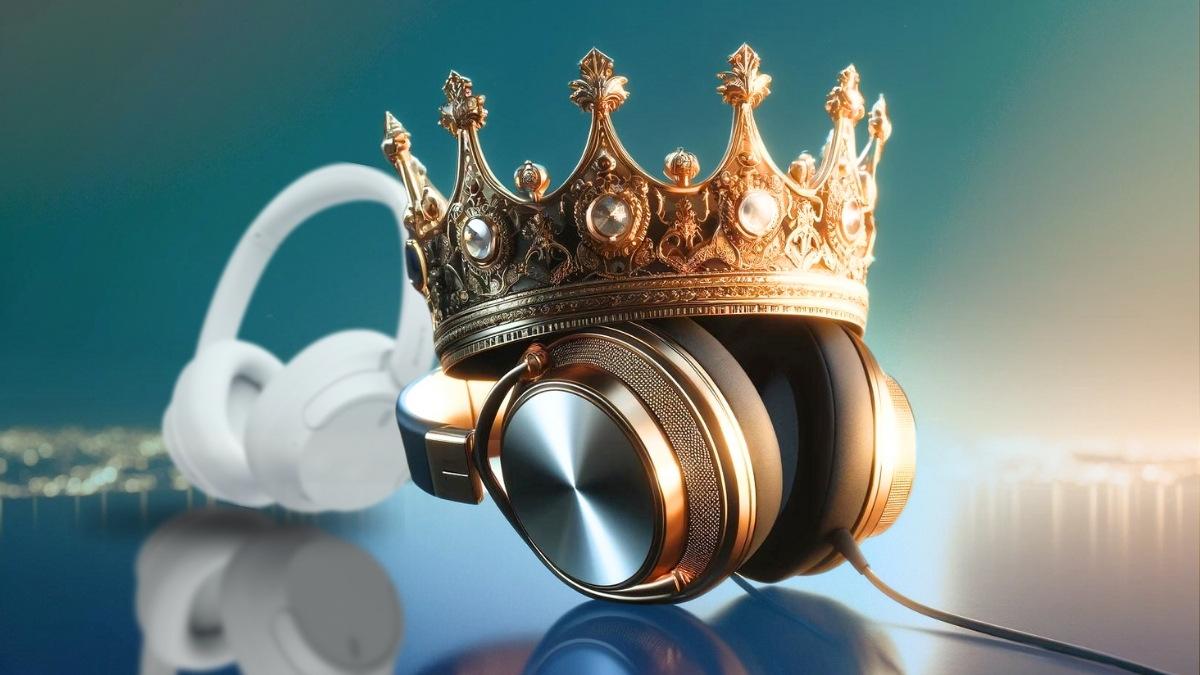Sure, wires might tangle. But I’ve never had to ask my cables for more battery life.
Despite the convenience of wireless headphones, I still prefer the overall experience that wired headphones provide.
They give me crystal-clear sounds that wireless ones can’t match, and I never have to worry about them dying on me because there are no batteries. No fuss, no muss – these simple joys keep me coming back to my trusty wired set.
If you’re still not convinced, here are the seven reasons why I, and many others, still prefer wired headphones over wireless.
1. Better Sound Quality
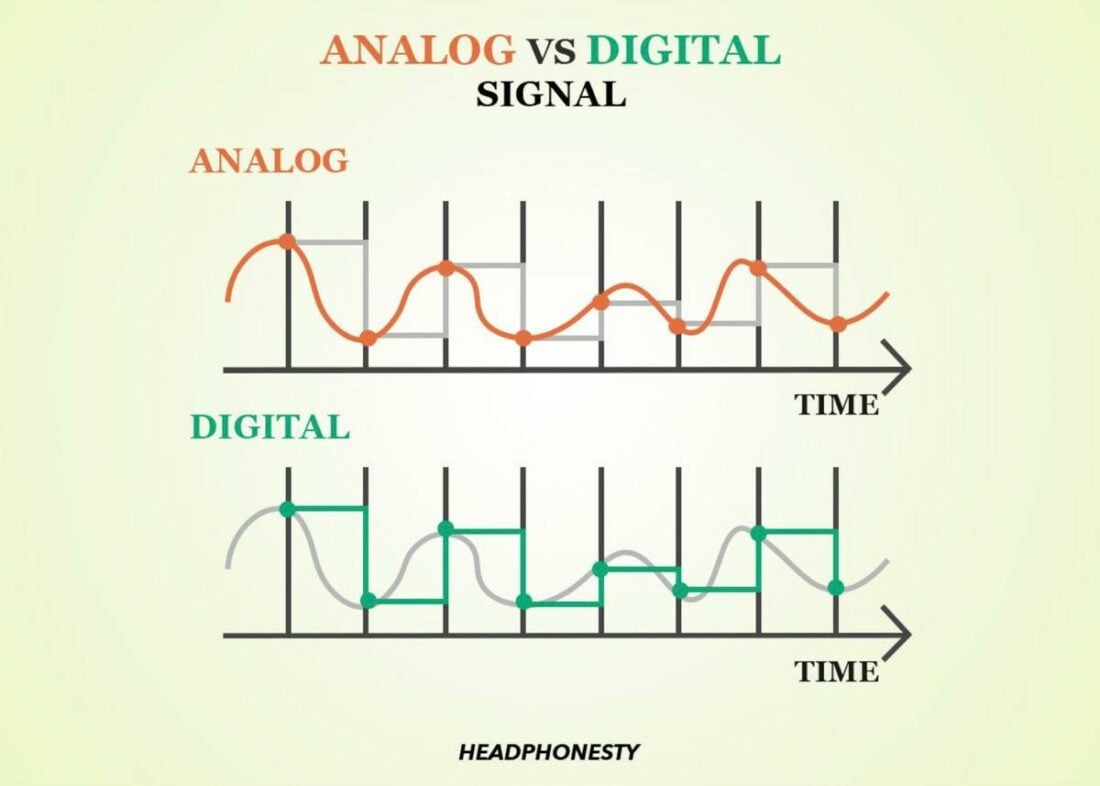
Wired headphones have a clear advantage over wireless headphones when it comes to audio quality.
The main reason for this is in how audio signals are sent. Wired headphones use analog signals. This can carry more data than the digital signals used by wireless headphones, letting them deliver uncompressed, high-resolution audio.
Wireless headphones use Bluetooth codecs to compress and send audio data, which can negatively affect sound quality. This “lossy” compression process throws away some of the original audio information to make the data easier to send wirelessly.
For example, a HiFi streaming service like Tidal can play audio up to 9216 kbps. But, when listened to with wireless headphones like AirPods, the audio is compressed down to around 300 kbps due to the limits of Bluetooth audio codecs.
Audio codecs have gotten better in recent years. Yet, wired headphones still offer the chance for better sound quality by delivering uncompressed audio signals.
Of course, other things like the headphones’ drivers, build quality, and design also play a role in the overall sound quality. But, if all other things are the same, wired headphones usually deliver better sound than wireless.
2. No Battery Worries
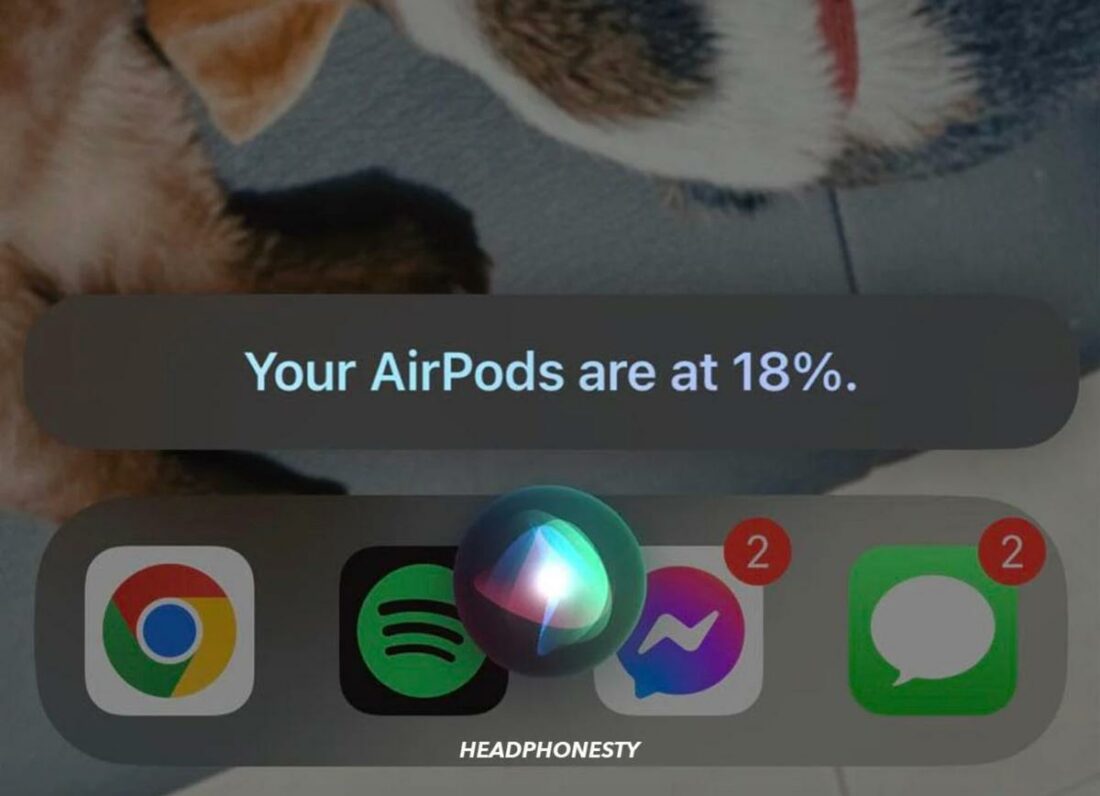
Wired headphones don’t need charging, so you basically have unlimited playtime. You’ll never have to worry about your headphones running out of juice or having to constantly charge them up.
While wireless headphones’ battery life has gotten better, you’ll still need to watch battery levels.
With wired headphones, you can listen for as long as you want without any battery-related problems. That is unless your audio source dies.
3. Effortless Setup
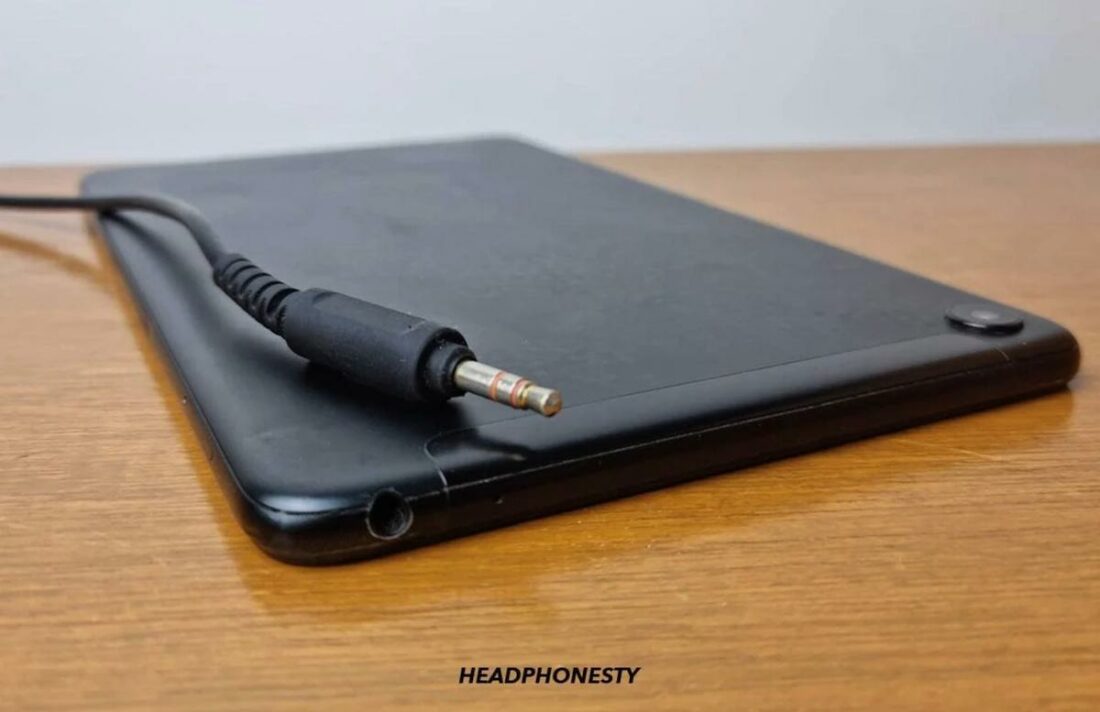
The plug-and-play nature of wired headphones offers a straightforward, reliable connection without the hassle of Bluetooth pairing.
Just plug them into your device’s headphone jack, and you’re good to go. No need to mess with settings or worry about compatibility issues! (Except, of course, if your headphone jack doesn’t match with your plug.)
Wired headphones are especially great for those who prefer a no-nonsense approach to their tech.
4. Customizable with External Gear
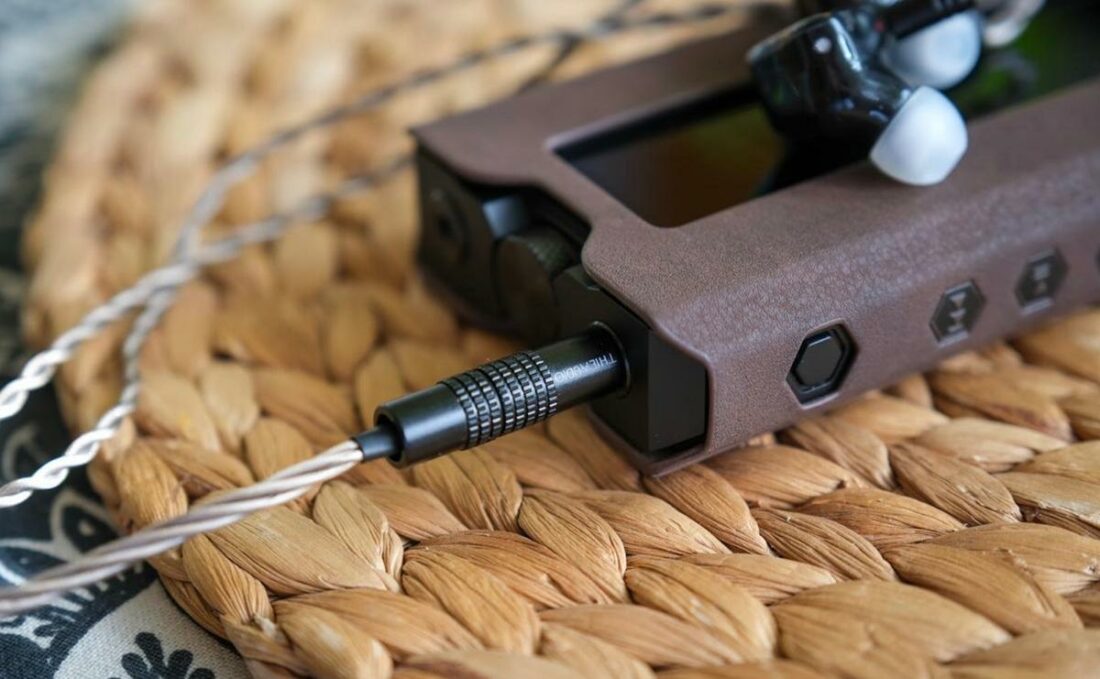
With wired headphones, you can make the experience even better by using external DACs (digital-to-analog converters) and amplifiers.
DACs change digital audio signals into analog waveforms that our ears can hear. And, high-quality external DACs can provide better sound clarity, detail, and separation.
However, different types of DACs can affect sound quality in various ways.
For example, in our tests, using the FiiO Q15 DAC/amp changed the sound of the Simgot EA1000 earbuds in a huge way.
The Q15 fixed some of the EA1000’s treble-happy tendencies while keeping its exciting, dynamic sound. The Q15 brought out the best in the headphones’ technical abilities, showing details and ambiance with startling realism.
Another great feature of some external DACs is the ability to adjust the sound using EQ settings.
The FiiO Q15’s 10-band parametric EQ allows users to change the frequency response to their preferences and specific headphones, potentially making the listening experience better than what more expensive gear without EQ can do.
While the perceived improvement in sound quality may be partly psychological, the ability to upgrade and adjust the sound of wired headphones remains a big advantage over wireless counterparts.
5. Stable Connections Every Time

Wired headphones don’t have connectivity problems that can plague wireless headphones. You won’t have to deal with dropouts, stutters, or out-of-sync audio when watching videos or playing games.
You’ll have to think about a lot of things to have a stable connection on wireless headphones.
Even the latest Bluetooth versions aren’t safe from occasional glitches. And, mismatched Bluetooth codecs or versions between headphones and playback devices can cause connectivity issues.
Wireless headphones are also prone to physical and electronic problems.
Bluetooth signals can struggle to pass through walls and are easily jammed by other devices operating in the same frequency band. This includes Wi-Fi routers and other Bluetooth devices.
Physical factors like dirt, ear wax, and oxidation from regular use or aging can also block the signal transmission in wireless headphones.
Resetting wireless headphones or regularly updating and cleaning them can sometimes solve connection problems. But wired headphones just won’t need such hassles.
6. Easier to Repair
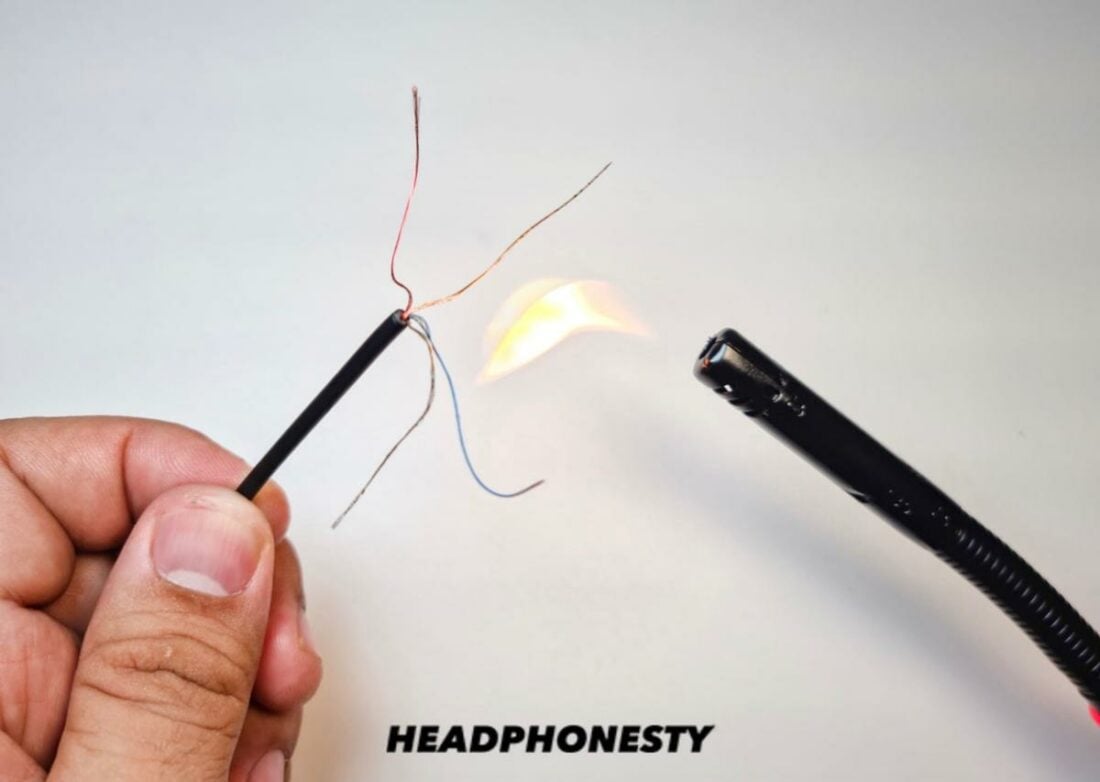
Wired headphones have fewer parts and are usually easier and cheaper to fix than wireless models. If something goes wrong, like a frayed cable or malfunctioning driver, you can often repair wired headphones without replacing them entirely.
In contrast, wireless headphones are more complex and harder to fix due to their built-in electronics and batteries. They are also more expensive to repair when they malfunction due to their complex electronics.
Replacement parts for wired headphones are also generally more affordable and readily available than the parts in wireless headphones.
7. More Eco-Friendly

Wired headphones are generally seen as more eco-friendly than wireless headphones due to several factors.
For one, wired headphones do not need batteries. This removes the environmental impact associated with battery production, use, and disposal.
The lack of batteries also helps the longer lifespan of wired headphones.
For example, AirPods usually last around 2 years due to the degradation of their lithium-ion batteries. These batteries get worse with every charge cycle, losing capacity over time and eventually leading to shorter battery life.
However, it is important to look at the entire lifecycle of headphones when judging their environmental impact.
The production phase accounts for 81.2% of the climate impact. This is the highest contribution to global warming potential across all stages of a headphone’s lifecycle.
